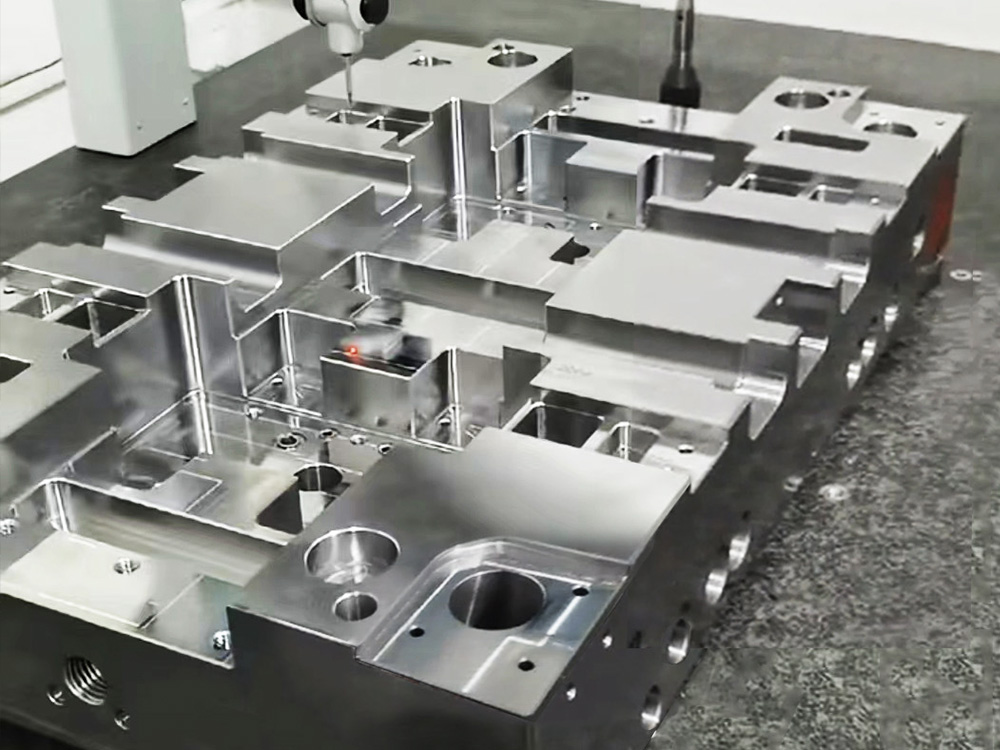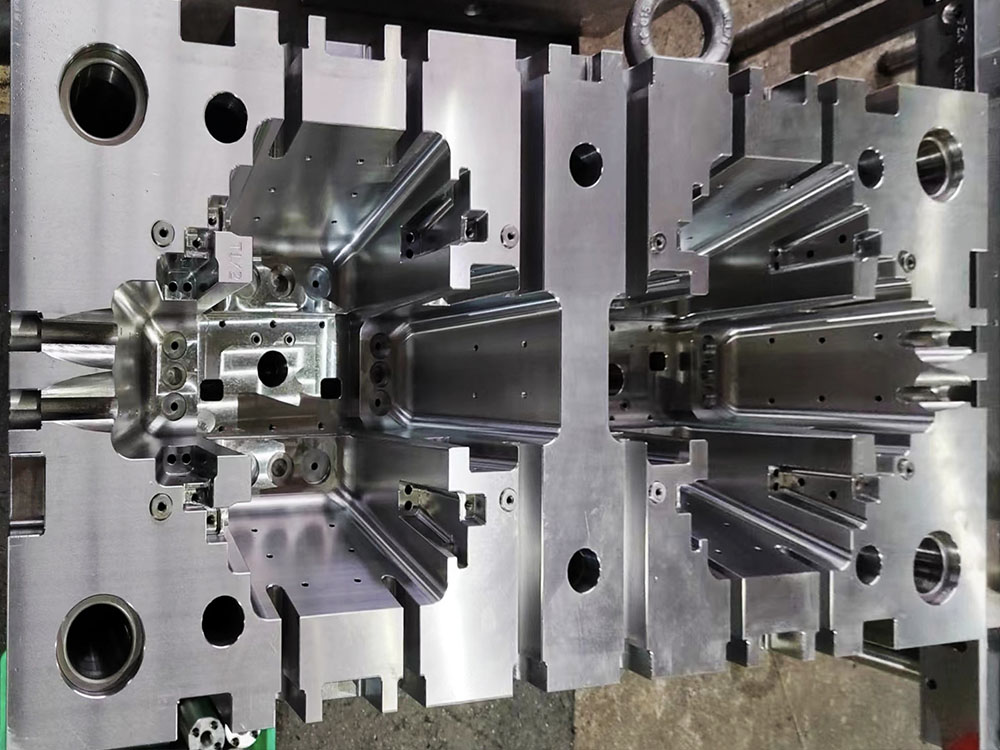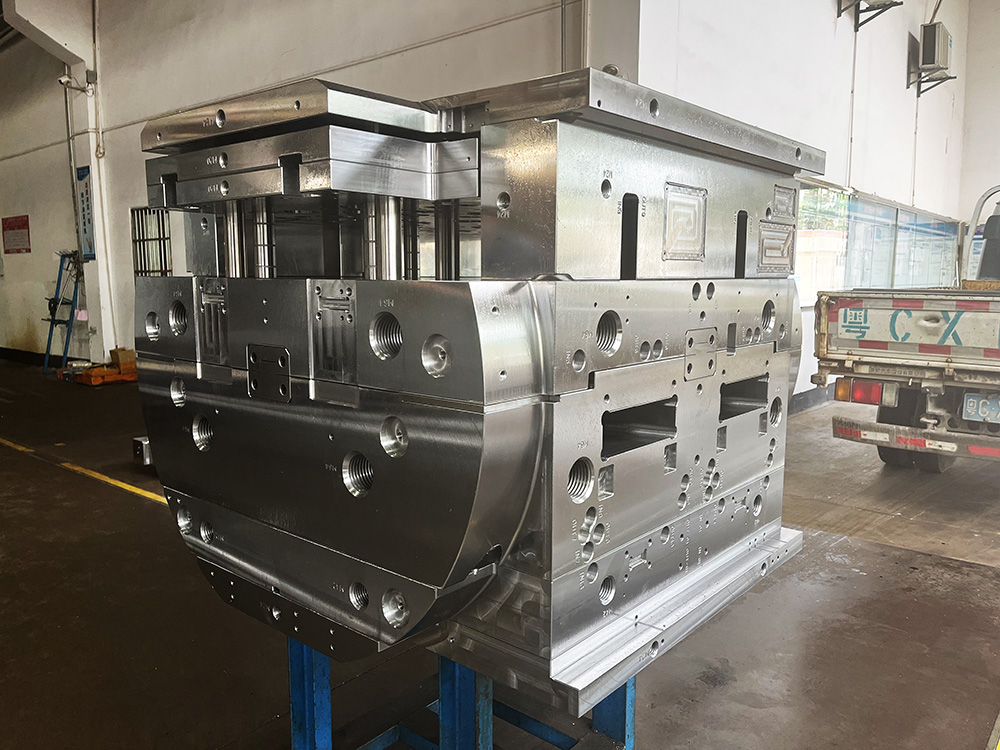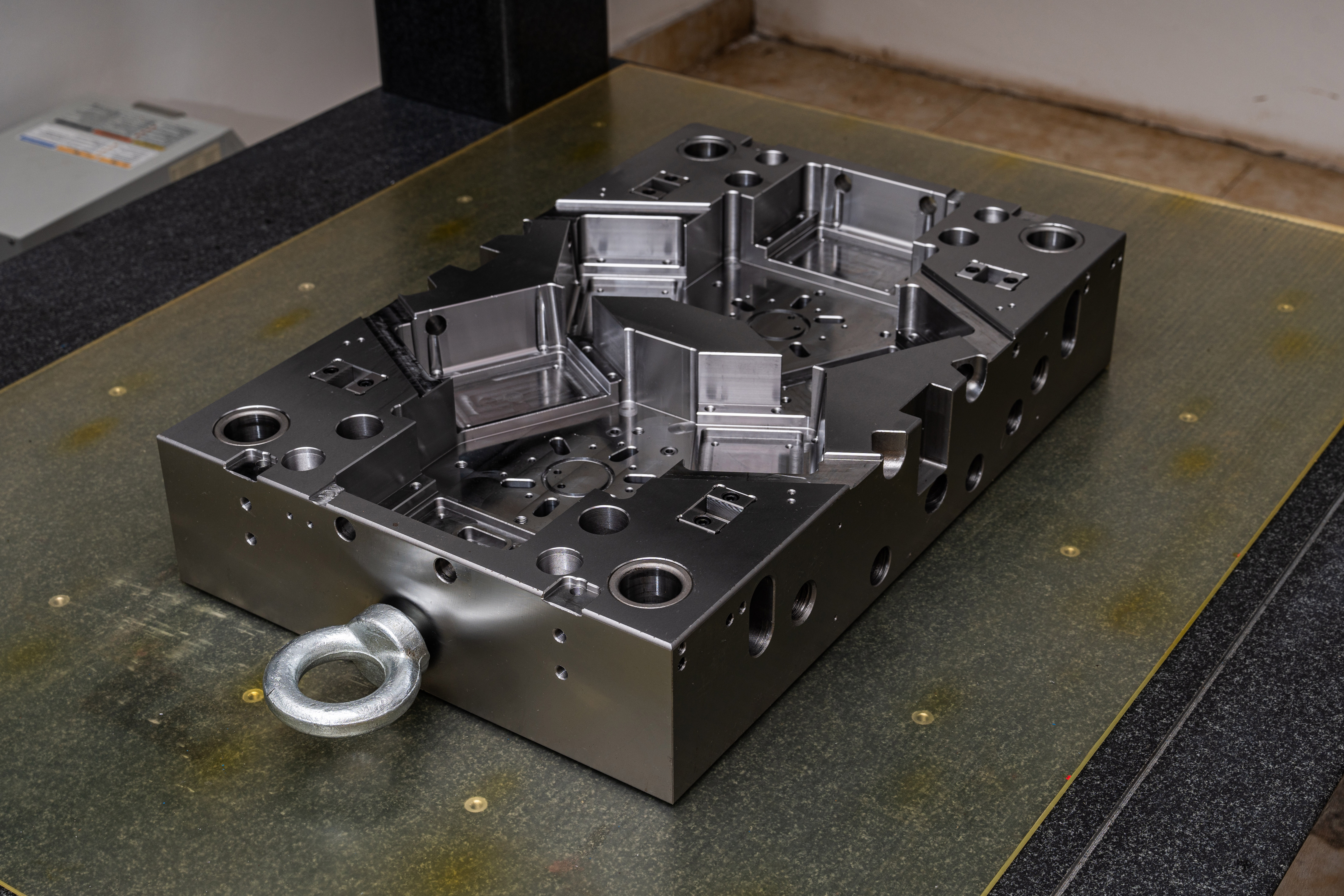Modularity in Open-Ended Systems: A Perspective on the Mold Base Industry
In the mold base industry, the concept of modularity plays a crucial role in enhancing efficiency, flexibility, and adaptability. Modularity refers to the design and development of systems composed of independent modules that can be easily assembled, disassembled, and reconfigured to meet different requirements. In this article, we will explore the significance of modularity in open-ended systems within the mold base industry.
Advantages of Modularity
Modularity brings numerous advantages to the mold base industry. Firstly, it allows for a high degree of customization. By incorporating interchangeable modules, mold base manufacturers can easily adapt their products to suit specific customer needs. This flexibility leads to faster production cycles and increased customer satisfaction.
Secondly, modular mold bases provide enhanced scalability. As industrial requirements change and evolve, mold bases need to accommodate these changes. The modular design enables mold base manufacturers to quickly adjust their products to fit various sizes and specifications, without having to start from scratch. This scalability leads to cost savings and improved time-to-market.
In addition, modular mold bases offer improved maintenance and repair options. If a component within the mold base becomes damaged or worn out, it can be swiftly replaced without affecting the overall functionality of the system. This increases the longevity of the mold base and reduces downtime, resulting in higher productivity for manufacturers.
Implementing Modularity in the Mold Base Industry
To effectively implement modularity in the mold base industry, manufacturers must carefully consider several key aspects. Firstly, the development of standardized interfaces is crucial. These interfaces ensure that modules can seamlessly connect and interact with each other, enabling easy assembly and disassembly.
In addition, the use of modular components with well-defined dimensions and specifications is essential. This ensures compatibility and interchangeability between modules, allowing manufacturers to mix and match components as per their requirements. By adhering to industry standards, mold base manufacturers can ensure widespread compatibility and simplify the supply chain.
Moreover, the use of advanced technologies such as computer-aided design (CAD) and additive manufacturing enhances the modularity of mold bases. CAD software allows for the rapid creation and modification of modular designs, facilitating easier customization and configuration. Additive manufacturing technologies, such as 3D printing, enable the production of complex and intricate modules with ease.
Modularity and Industry Trends
The concept of modularity in the mold base industry aligns well with the ongoing industry trends. The growing demand for mass customization across various sectors necessitates the use of modular mold bases to meet diverse customer requirements efficiently. Modularity allows for quick adaptations and swift response to market demands, making it an essential factor in staying competitive.
Furthermore, the advent of Industry 4.0, characterized by the integration of advanced automation and data exchange, heavily relies on modular systems. Interconnectivity and interoperability require the use of standardized modules within the mold base industry. The ability to easily integrate modules with other computer-controlled equipment optimizes production processes and enables the implementation of smart manufacturing practices.
In Conclusion
Modularity plays a crucial role in the mold base industry, offering benefits such as customization, scalability, and ease of maintenance. By implementing standardized interfaces, utilizing modular components, and leveraging advanced technologies, mold base manufacturers can design and develop systems that are adaptable and responsive to changing market demands. Embracing modularity aligns with current industry trends and enables businesses to stay competitive in an ever-evolving market.




